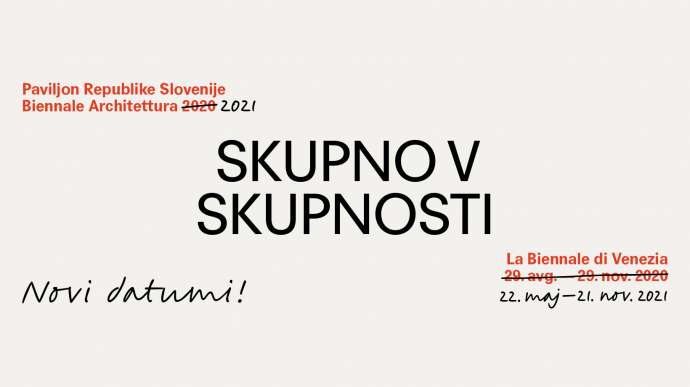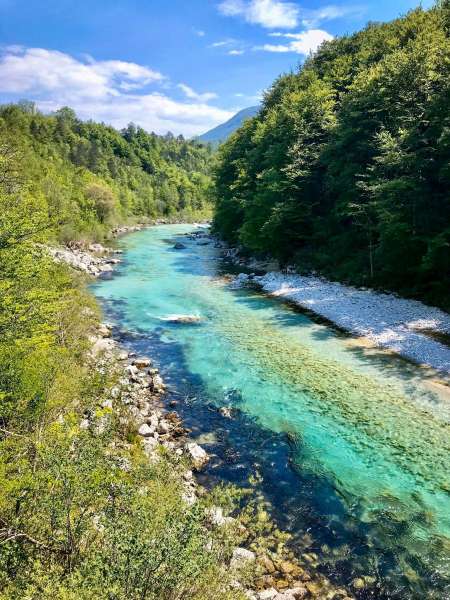STA, 21 May 2021 - The Slovenian pavilion was launched online at the 17th architectural exhibition La Biennale di Venezia on Friday. The Slovenian project focuses on the Yugoslav-era community centres as a type of social infrastructure, highlighting the role of architecture in building a sense of community.
Slovenia's contribution to the international show is entitled The Common in the Community: Seventy Years of Community Centres as Social Infrastructure. A virtual stroll through the pavilion reveals a study on a post-WWII vision of building community centres in Slovenia, cultural, business and educational hubs.
Right after the Second World War, the goal was to set up 523 such centres in rural areas across the country amid post-war reconstruction and modernisation efforts. More than 330 were indeed built.
The heritage and societal role of this phenomenon remain relevant today as well, said the pavilion's architects Blaž Babnik Romaniuk and Rastko Pečar, who created the Slovenian exhibition along with curators Martina Malešič and Asta Vrečko.
Their project also addresses current challenges such as the increasing gap between urban and rural areas, exploring how to construct spaces that would boost a sense of community. It is not merely a documentation of past events but a reflection on the centres' role then and now, according to Babnik Romaniuk.
The display focuses on four topics, integration, aspiration, unfolding and witnessing. A large table represents the first, bringing visitors together and creating a sense of community.
Models and graphic interventions displayed on the table stand in for the second topic, presenting the architectural aspect of the project. A light installation hanging above the table features 523 elements representing the target number for community centres, what the post-war project aspired to along with a societal change but never realised.
The third topic, unfolding, is invoked with the help of a door, a portal that provides information and opens up the project to a wider community. Witnessing is embodied in a short film by director Vid Hajnšek exploring the past, present and future of these communal spaces, the team behind the exhibition told the STA.
At the launch of the pavilion, they highlighted that the centres boasted a certain aesthetic. They were designed by acclaimed architects of that era, who put a lot of thought into the siting of the buildings.
It is interesting that after 70 years locals still use them, Malešič said.
The project was selected in an open call by the Museum of Architecture and Design as it best addressed the issue of living together as a community or even a planet, according to the head of the pavilion Matevž Čelik Vidmar.
He believes the centres have been a venue of cultural changes and could perhaps perform this role today as well when society faces new challenges.
The display is accompanied by an extensive publication, featuring seven texts and four visual chapters.
This year's La Biennale di Venezia, held under the slogan How Will We Live Together, will get under way on Saturday. The exhibition will put on display architects' visions of co-existence amid increasing political polarisation and socio-economic inequalities.
You can learn more at the official website







